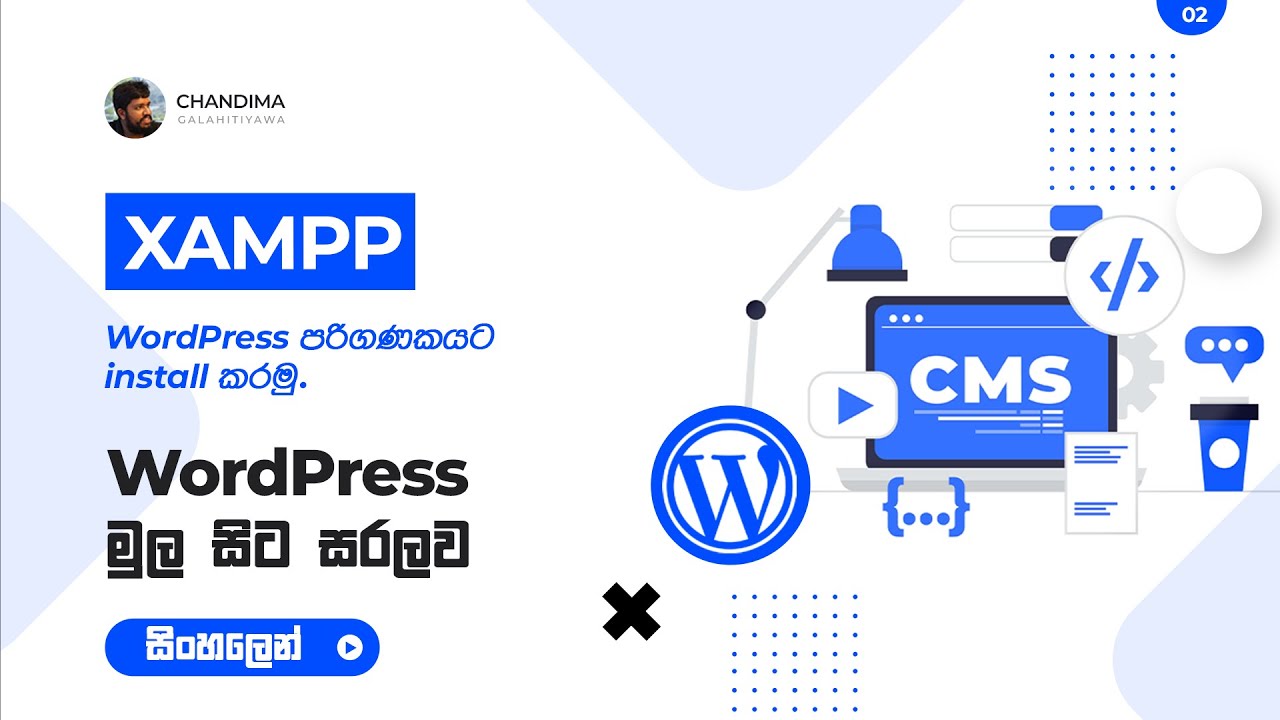WordPress is a content management system (CMS) that allows you to create a website or blog from scratch without any prior coding knowledge. It is one of the most popular site-building platforms in the world, powering millions of sites.
One of the great things about WordPress is that it is relatively easy to use, even for beginners. In this tutorial, we will take you through the WordPress settings section so that you can get a better understanding of how it works.
When you first log in to your WordPress site, you will be taken to the Dashboard. This is the control center for your site and where you will go to make changes or add new content.
On the left-hand side of the Dashboard, you will see a menu with various options. The first option is “Settings.” Click on this to expand the menu and reveal the different settings pages.
General Settings: This page allows you to change your site’s title, tagline, timezone, date format, and more.
Reading Settings: Here you can choose how many posts to show on your home page and whether or not to display excerpts or full posts. You can also set up a “static” home page if you want (we’ll talk more about this later).
Discussion Settings: This page controls comments and pingbacks on your site. You can choose who can comment on your posts and whether or not comments need to be approved before they are published. You can also enable or disable pingbacks.
Permalink Settings: This controls the structure of your URLs (permalinks). By default, WordPress uses an ugly URL structure that includes numbers and dates. However, you can change this to a more user-friendly structure such as /%postname%/. We’ll talk more about permalinks later in this tutorial.



